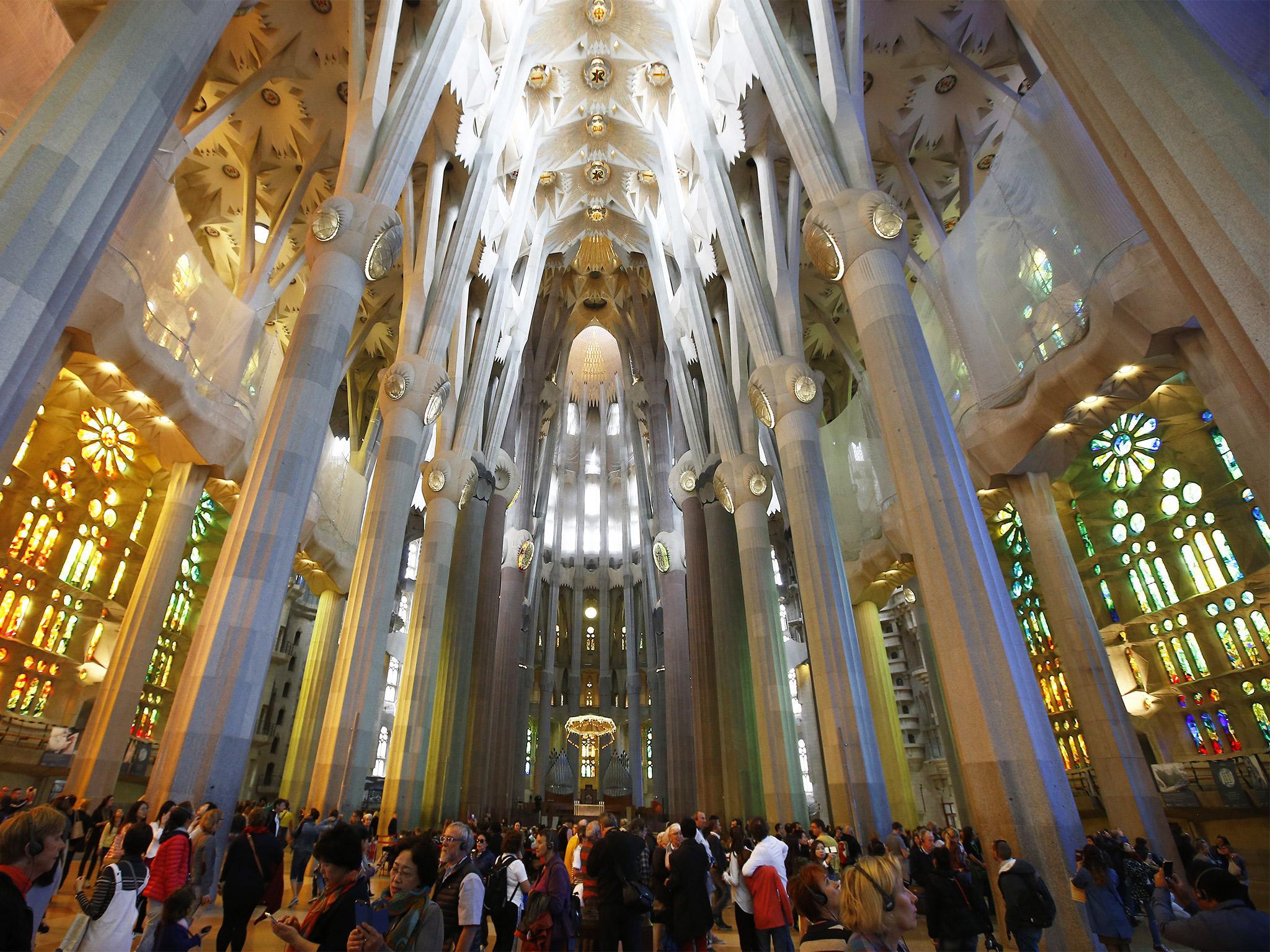Mini Vision Next one hundred Concept Photos and Info – News – Car and Driver

Mini Vision Next one hundred Concept: The Future of Old School
Don’t fault the youth for unoriginality. Chicks today wear cutoff mom-jean cut-offs plucked from the Saved by the Bell era. Youthful studs grow bushier mustaches than their dads did in the 1970s. So, when their kids grow up and get into a car, Mini envisions that they may slide into the front bench seats of something like its Vision Next one hundred concept and cuddle their dates in the parking lot like it was Blessed Days all over again. This Mini Cooper of the future would be rented for as long as needed under car-sharing schemes, and autonomously guide itself to the flawless make-out spot. Without so much as a tailfin, Mini’s concept calls back to the postwar allure of adventuring on wheels.
Mini has been under BMW control since 1994, when Munich bought the British brand. Its cutesy quirks and retro cues sustain under modernized German manufacturing processes (today’s car shares a fresh front-wheel-drive chassis with the BMW X1). Now that BMW is a century old, the design studio has cranked out a trio of celebratory concepts meant to display what BMW, Rolls-Royce, and Mini will stand for in the century to come. (A fourth concept, from BMW’s Motorrad motorcycle division, is forthcoming.) If this concept is any indicator, future Mini models will be part of a fully automated electrical car-sharing service that will preemptively investigate its customers’ preferences so it can bathe them in multicolor mood lighting at critical moments. Stored private preferences will let car-sharers configure each borrowed Mini to their own tastes—it will make every Mini “my Mini,” the company says.
Unlike the copper-skinned BMW and the hotel-lobby-on-wheels Rolls-Royce, the Mini concept looks much like today’s Mini, without door treats. The classic greenhouse, high shoulder lines, and “bulldog” stance are instantaneously recognizable. The Cooper’s brief overhangs are made shorter and the slick silver bod spreads taut over enormous stagecoach wagon wheels that aren’t what they seem. Immobile translucent coverings mask the real spokes underneath, which conspire with dotted whitewall tires to create an unusual animated effect at speed.
At the rear, convention reigns with nothing more than a lean band of LED lights connecting the width of the glass liftgate to suggest tomorrow-ness. The real party’s up front. A translucent grille permits views of the occupants’ gams and feet behind a pair of outlined rally lights, while the adjoining windshield canopy sweeps low and broad like that on an airport terminal tram. There’s no crash structure up front because future cars won’t crash. That’s what we were told in the 1950s when wish cars lacked safety measures like seat belts, so everything old is indeed fresh again.
A Palette for Customization
This Mini’s roof and doors can display custom-made colors and images—no vinyl wrap or dealer accessory catalog required—plus, projectors within the sills and front bumper can send text messages and other graphics onto the street surface. Just like an automated tram, the opposing rear doors slide open on rails, taking much of the fenders with them. Inwards, aluminum, plastic, and paper predominate. Those materials form the roof, floor, door trim, and seat backs, which also are knitted like a cardigan sweater with black microsuede. Basalt, an igneous rock, makes up the combo storage net and dashboard de-robe. If any car were meant to be recycled after a three-year lease, it’s this Mini.
Immobile on the dash and disguised as a 1920s acetylene car lamp is the “Cooperizer,” a brass-housed display meant to indicate the car’s driving status and the driver’s entertainment preferences. Three concentric rings, arranged like a camera-lens housing, control the various settings. An “Inspire Me” button suggests activities based on private preferences, location and route. BMW says the Cooperizer is supposed to recommend joy driving roads, advise that a dearest artist has a gallery opening nearby, or set up the car’s style exactly the way Selena Gomez’s granddaughter likes it. Or something. It reminds us of Google’s “I’m Feeling Lucky” button that we never, ever want to click.
Yes, Future People Can Still Drive
Elsewhere, the Mini Vision is even more minimalist than the original one thousand nine hundred fifty nine model. The two-spoke steering wheel and floor-mounted pedals slide on tracks, so drivers can switch inbetween left- and right-hand drive at a moment’s notice—a useful feature when crossing the English Channel. You can tell the future Mini is supposed to be a driver’s car: It still has a steering wheel whereas the visionaries at Rolls found such a thing superfluous. A few messages light up on the dash, but most everything else is displayed across the windshield in augmented reality, including a projection of the ideal racing line when you find yourself driving somewhere joy. When you do choose to drive, bolsters emerge in the bench seat to prevent passengers from sloshing around like they did in mom’s old Rambler.
Aside from telling it would be fully electrical, Mini is mum on powertrain details. Like the kids who supposedly will pine hard for Minis with bench seats still warm from the previous user, the propulsion system doesn’t truly exist yet. But among BMW’s other faraway concepts, it’s comforting to see so many classic design elements reappear on this future Mini.
Find a Mini Near You
Come in your ZIP Code to detect local offers on fresh and used Mini vehicles.